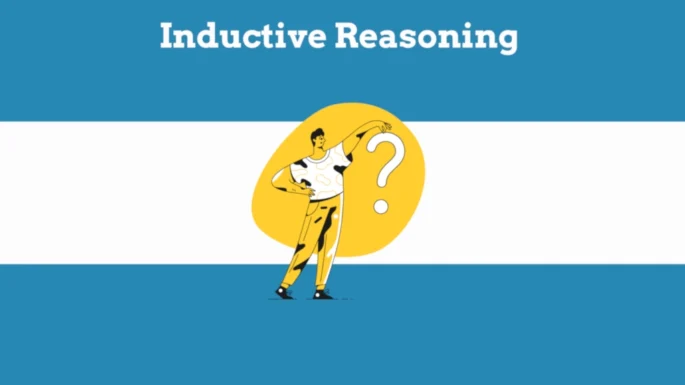Inductive Reasoning Examples
Inductive reasoning is a method of drawing general conclusions from specific observations or experiences. It moves from the specific to the general. Inductive reasoning uses patterns or trends in a limited dataset to propose broader rules or principles that are likely, but not guaranteed, to be true.
For example, let’s say every swan you’ve ever seen is white. Using inductive reasoning, you might conclude that all swans are white. You’re using a limited number of specific observations (the swans you’ve seen) to make a general conclusion about the entire population of swans.
However, inductive conclusions are not foolproof, because you haven’t observed all the relevant data. It’s possible there are black swans out there that you haven’t seen. In the 18th century, black swans were discovered in Australia, disproving the long-held belief that all swans were white.
Here are a few everyday examples of inductive reasoning:
- Every dog I’ve ever met has been friendly. Therefore, all dogs are friendly. (Generalizing from limited personal experience)
- I see many people wearing jackets today. It must be cold outside. (Assuming people dress according to the weather)
- Every time I eat strawberries, I get hives. So I must be allergic to strawberries. (Observing a pattern and proposing an explanation)
- The last three times I went to this restaurant, the service was terrible. This is a bad restaurant with poor service. (Generalizing from a small sample size)
While inductive reasoning is a natural and useful tool, it’s important to recognize its limitations. Conclusions reached through induction are not guaranteed to be true, only probable based on the available evidence. To strengthen inductive arguments, it’s important to consider as much relevant data as possible and remain open to new information that may disprove previous conclusions.
Inductive Reasoning Practice Questions
